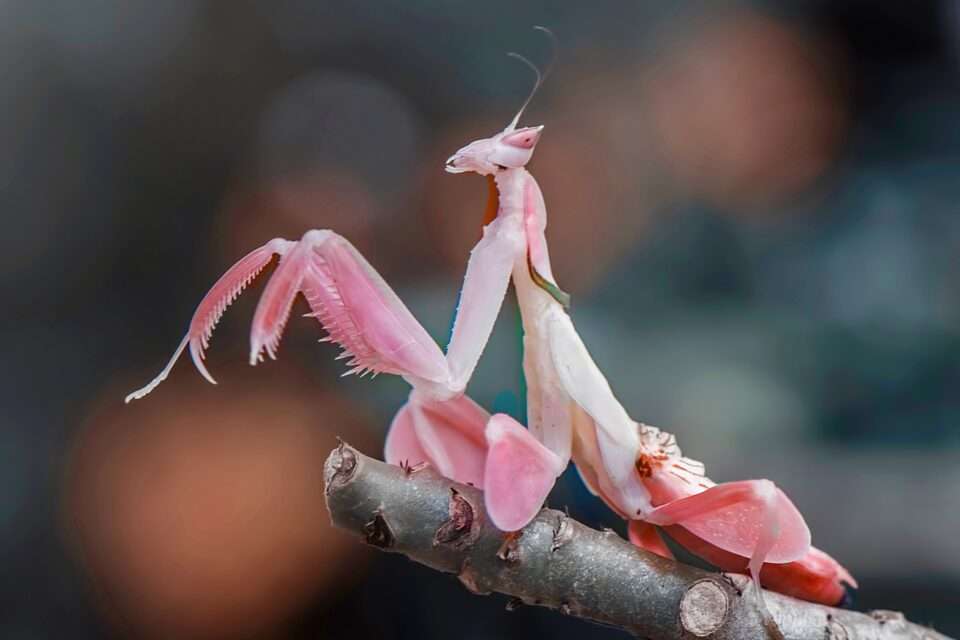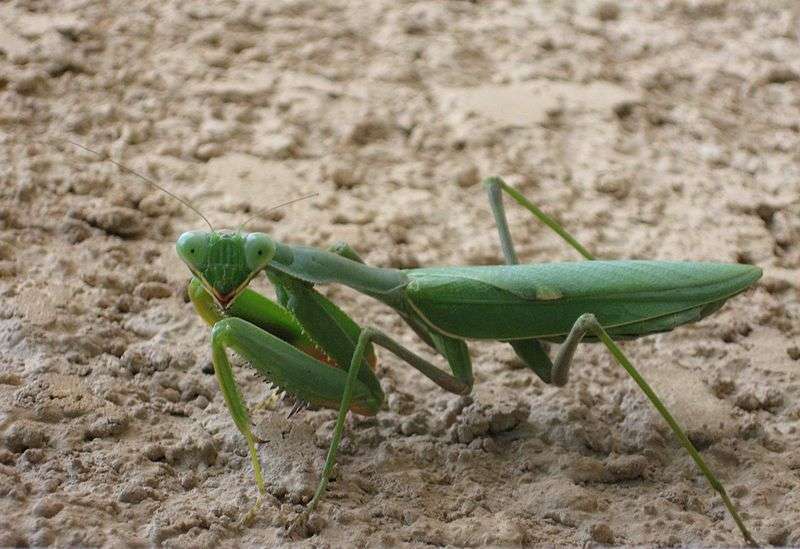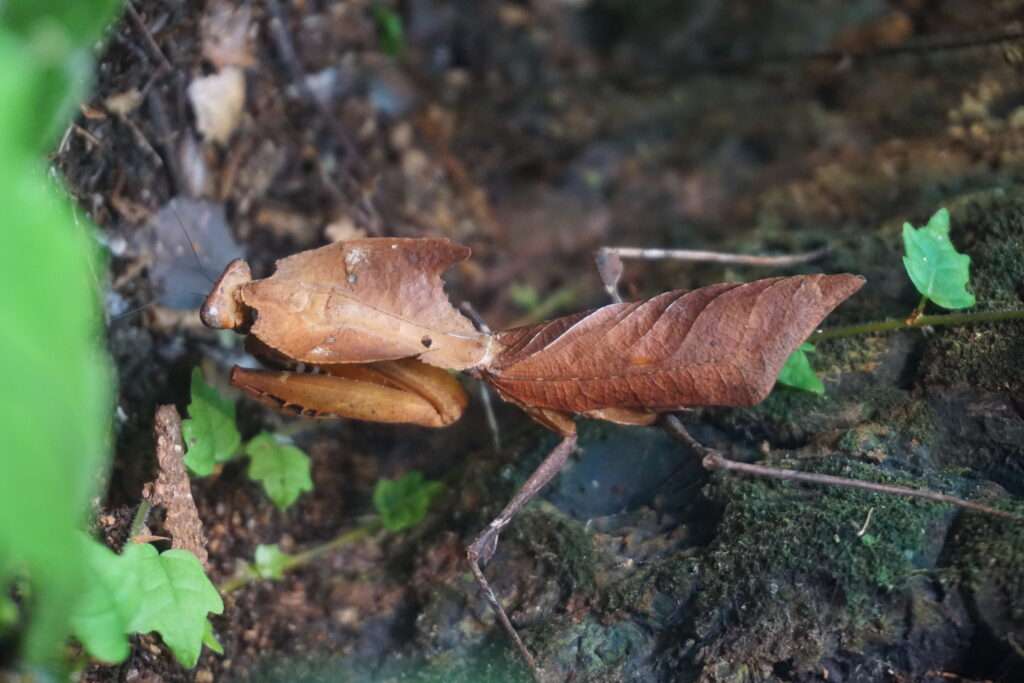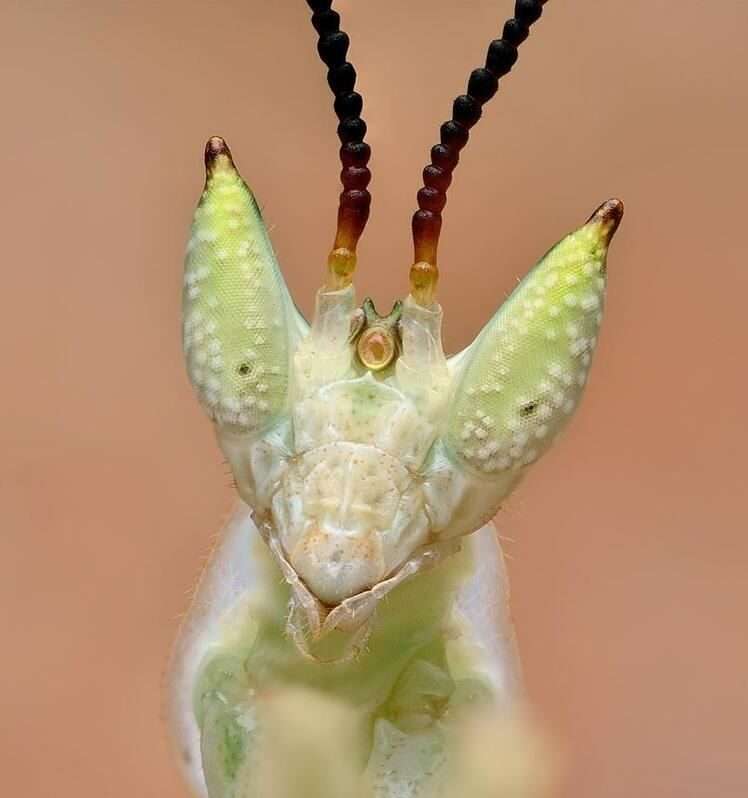
Description
Scientific Name: Hymenopus coronatus
Lifespan: About 8 months
Parts of the orchid flower are imitated by this species. The front pair of teeth, like in other mantises, are employed to capture prey, and the four walking legs resemble flower petals.
Males of H. coronatus can be less than half the size of females, which is among the most significant size sexual dimorphism of any species of mantis. The severe sexual size dimorphism most likely developed as a result of female predatory selection. The female mantis uses ambush predation to hunt larger pollinating insects before it develops its disguise.
Habitat
Southeast Asia’s rain forests, particularly those in Thailand, Myanmar, the Philippines, Malaysia, and Indonesia, are home to H. coronatus. Additionally, it can be found in India’s Western Ghats.
Behavior
A calm species of praying mantis is called Hymenopus coronatus. She typically waits around for a prey. When they spot a target, it will occasionally go hunting after it. The mature males have a tendency to be exceedingly energetic and jittery. When disturbed, the adult male will frequently (attempt to) fly away.
Keeping as a Pet/ In Captivity

Enclosure
To encourage molting, make sure the height of the container is three times the length of your mantis. To provide your mantis room to move about, the container’s length and width can be about 2-3 times the length of your insect. Keep your mantis out of containers that are too large for it to discover its prey. Smaller deli containers can be used to temporarily hold first- and second-instar nymphs until they are transferred to larger containers as they mature.
To retain enough moisture, the orchid mantis needs bedding within the enclosure. Fill the enclosure with some coir, peat moss, or potting soil. To make it moist but not overly wet, add some water. Your orchid mantis will receive adequate moisture through evaporation. As it becomes drier, add additional water.
Diet
Fruit flies should be fed every day to the orchid mantis nymph. Use houseflies or blow flies as it gets bigger. Don’t use crickets. As a fallback, mealworms can be utilized, although manual feeding is necessary. The prey should be no larger than half the size of the mantis. In order to prevent health problems, don’t overfeed orchid mantis.
Lighting, Temperature and Humidity
Orchid mantises typically don’t need additional lighting. Natural light is adequate. Keep them out of the dark, as they need their eyesight to hunt. Of course, if you want to see your mantis clearly, you can add an LED light source. To simulate the natural photoperiod, I set a timer to light the enclosure for eight hours each day.
During the day, keep your orchid mantis somewhere between 23 and 28 °C. The mantis grows more quickly as the temperature rises. Maintaining humidity in the enclosure is crucial. 60–70% humidity is necessary for orchid mantis. If the humidity is too high or too low, they could perish. Twice daily, mist the enclosure. Water can be added to the substrates to keep them damp but not soggy. Your orchid mantis should benefit from continuous humidity as a result. While it’s not required, a hygrometer can be used to measure humidity.
Table





